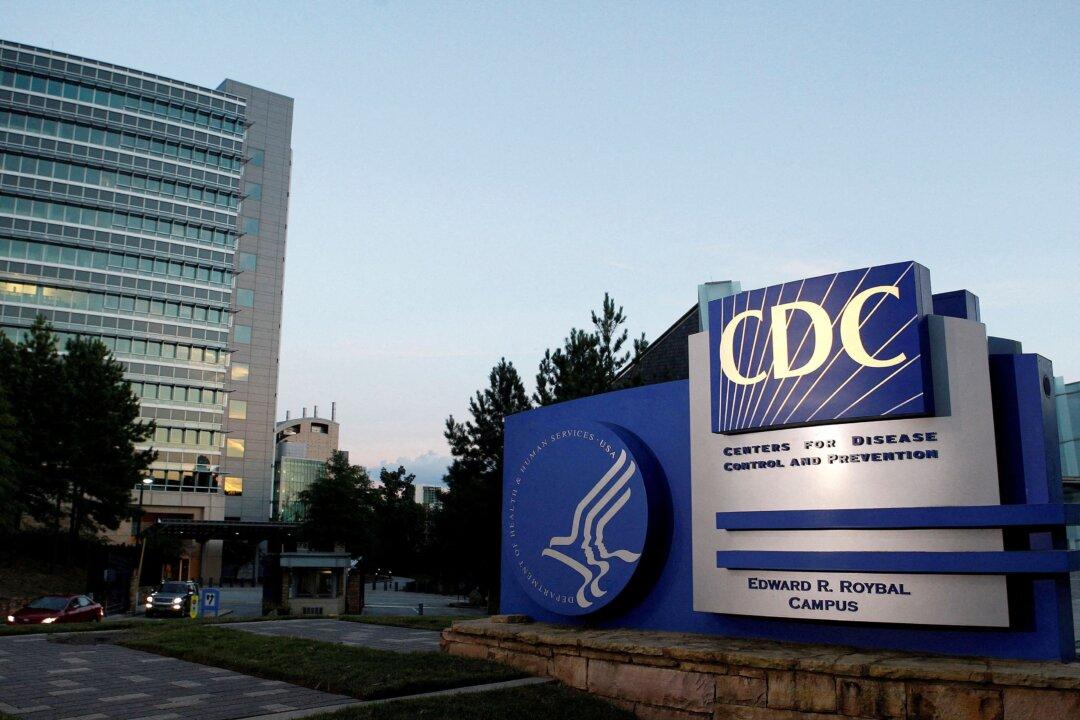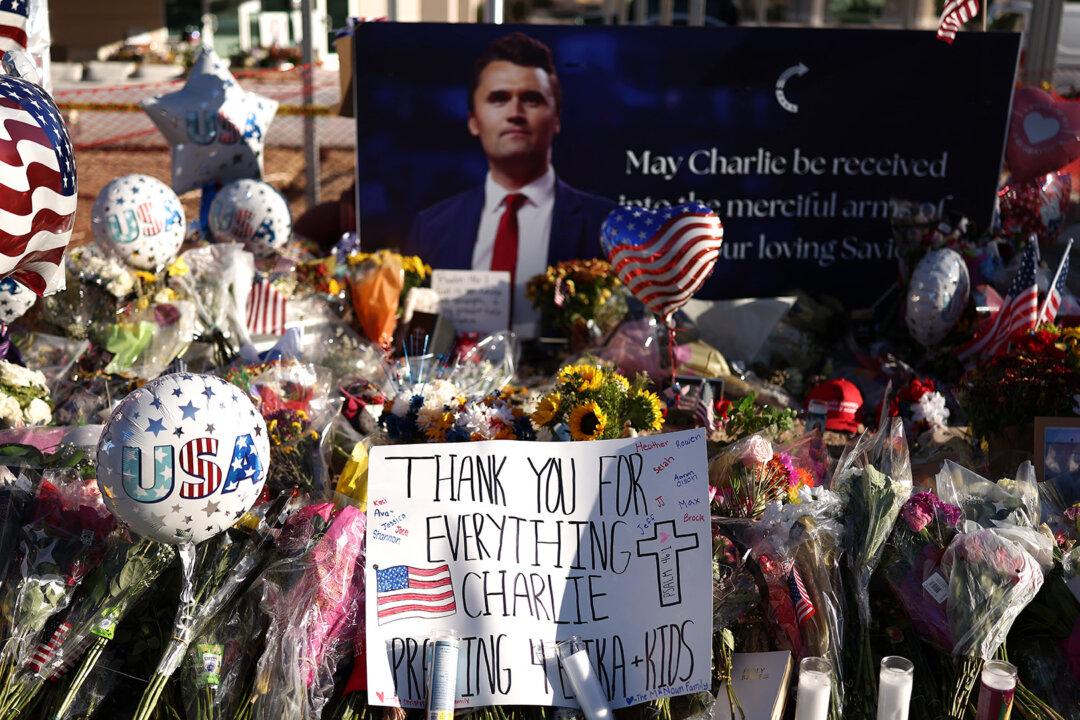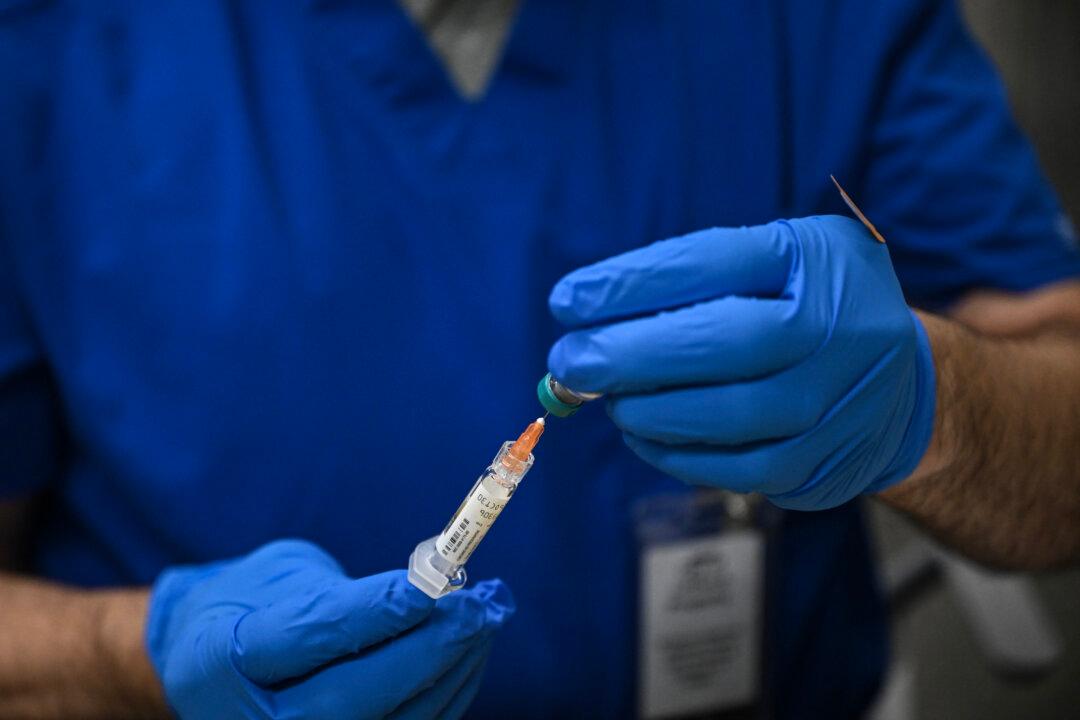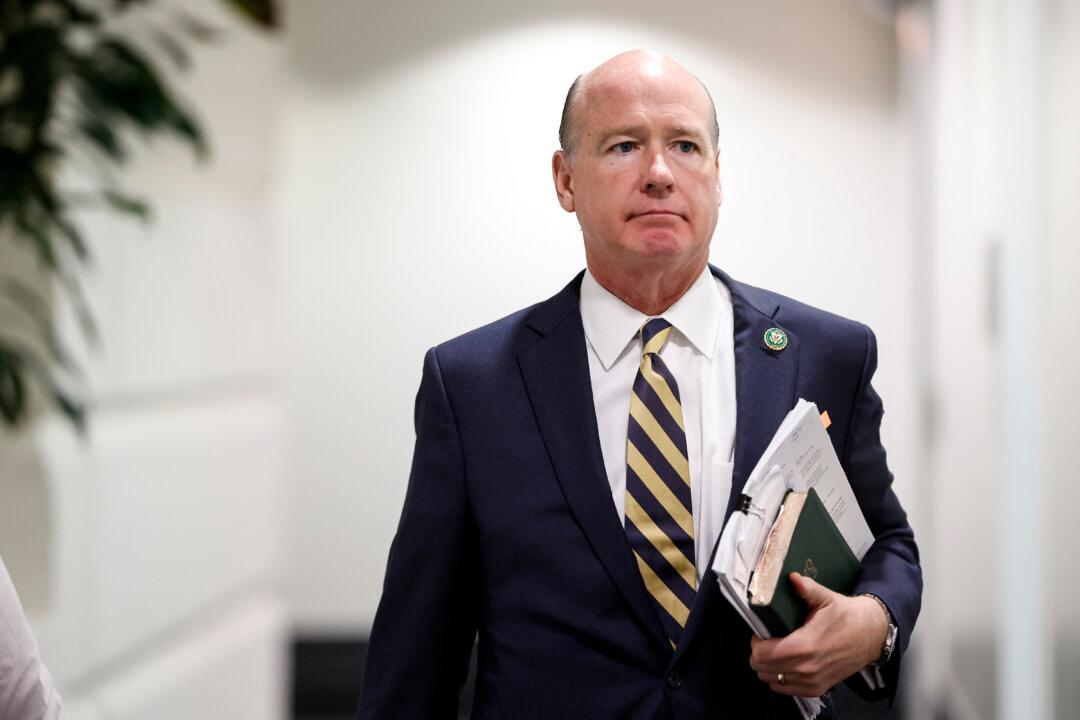The Centers for Disease Control and Prevention (CDC) on Feb. 4 outlined an expected change to the COVID-19 vaccine schedule for people with weak immune systems and signaled that a different alteration is coming for the general population to try to cut the number of post-vaccination heart inflammation cases.
The CDC told its vaccine advisory panel that it’s planning to adjust guidance for people with compromised immune systems, a group that doesn’t respond as well to vaccines as the general population and is the only population that is advised to get four doses of the Moderna or Pfizer messenger RNA (mRNA) vaccines.





